In Ayurveda, we divide food into six categories: sweet, sour, salty, pungent, bitter, and astringent. Each taste corresponds to a dosha, and more or less of it can either create balance or imbalance. But we do want some representation of all six tastes in every meal, as that is the most satisfying way to eat. Ayurvedic guidelines aren’t intended to make you feel deprived or left out intended to make you feel deprived or left out.
The Western diet is composed mostly of sweet, sour, and salty. It’s no wonder that we have an obesity epidemic, that irritable bowel syndrome and disorders are prevalent, and many other diseases abound, as these are the heaviest, most addictive foods. When we solely eat from these categories, our bodies have no chance to heal and repair. To help us create balance in the mind and body, it is imperative that we include food from the pungent, bitter, and astringent categories. These three tastes effectively wring out excess toxins from the body.
Interestingly, the word rasa in Sanskrit can mean both taste and emotion. So there is really no such thing as non-emotional eating. It’s all tied together—mind and body. Ayurveda also teaches why sweet is the most satisfying of tastes—it’s the first thing we taste: Mother’s milk, which is naturally sweet. We all crave different tastes at different times, and it’s almost always tied to an emotion. A fascinating exploration in Ayurveda leads us to understand why we crave or desire certain foods. Let’s break it down by taste:


1. SWEET
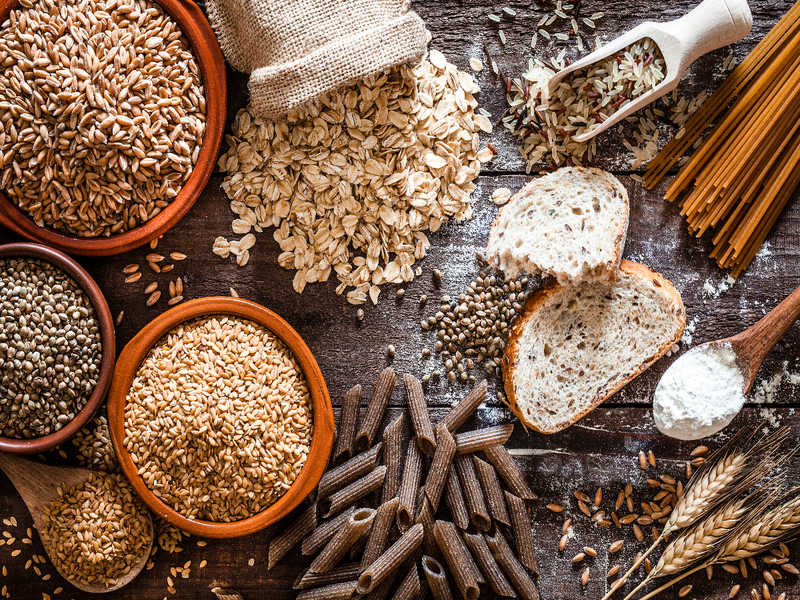

Sweet foods are the most satisfying of all tastes, and they are tied to intensely satisfying emotions as well. Sweet foods, in appropriate amounts, can create feelings of deep emotional ties, love and compassion, satisfaction, and a sense of caring and being cared for. When taken in excess, the sweetness can promote inertia, dullness, and neediness.
Notice how you feel when you just have a bite or two of something sweet, and how it feels when you eat the whole cake. Ask yourself: “What is it I need? Maybe a hug? Perhaps I need to love more, or allow myself to be loved?” I advise my clients who have intense sweet cravings to look for new outlets to express their own sweetness. Maybe volunteer at a dog shelter, help out an elderly relative or neighbor, do random acts of kindness, add money to parking meters, pay the toll for the person in the car behind you, or be kind to yourself. All of these actions really can lessen the physical craving for something sweet.
What are sweet foods? Sweet is the most densely nutritive of tastes and includes proteins, carbohydrates, fats, grains, dairy, bread, pasta, starchy vegetables, sweet fruits, nuts, oils, sugar, honey, and all animal products, including meat, chicken, and fish.
Vata and Pitta both benefit from sweet foods, as they need more water and grounding, and sweetness. Kapha, who is made of the sweet elements of earth and water, should take sweet in moderation, and perhaps avoid it completely during times of too much Kapha.
2. SOUR
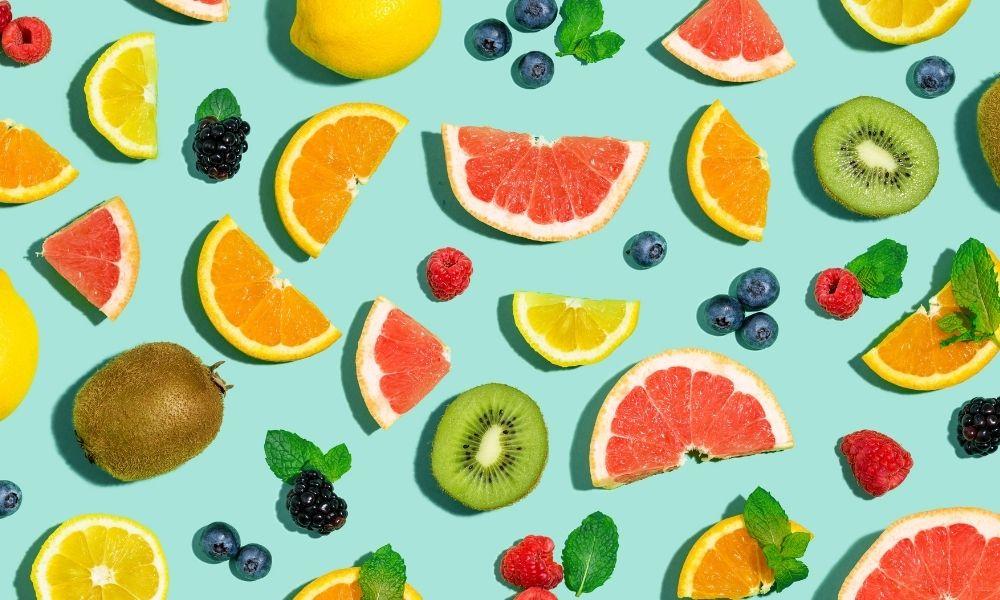

Sour foods, when eaten in moderation, can stimulate appetite and digestion, and feel warm and refreshing. In excess, sour foods can feel heavy and hot, and emotions can be negative, pessimistic, and irritable. When a person craves sour foods, they might take a look at how they are viewing the world. Is it you against them? Do you place blame on others and cry “sour grapes” when things don’t go your way? Stepping back and assessing the situation can help the “sour” person gain perspective. Cooling off and drying out a bit by eating fewer sour foods and taking a fresh look at the world, situations, and people around you can help balance the sour emotion.
What are sour foods? They are refreshing, acidic, and sparkly: Citrus fruits, sour fruits, tomatoes, yogurt, cheese, pickles, most vinegar, and some alcohol. Vata benefits from eating sour as it comprises the elements of earth and fire, which Vata lacks. Pitta and Kapha will be aggravated by sour. It’s too hot for Pitta, and too wet for Kapha.
3. SALTY


Salty promotes digestion and, when used in moderation, enhances the flavor of most foods. Emotionally, a balanced “salty behavior” can help you be more outspoken and address your needs and desires. If you have too much salt, it can lead to feelings of greediness and addiction (try eating just a few kernels of salted popcorn, chips, or French fries—it’s hard). Salty personality traits include feeling angry, grouchy, and irritated. If you find yourself craving salt, take a look at your life and see where you may not be expressing yourself. Perhaps you need to speak up more often and express your needs in a balanced way.
Salty foods include seafood, seaweed, some meat, salt, and snacks. Check the labels of canned and frozen foods, as they may contain excess salt.
Vata benefits from the water and fire elements of salt. Pitta and Kapha, hot and wet respectively, are aggravated by the salty taste.
4. PUNGENT
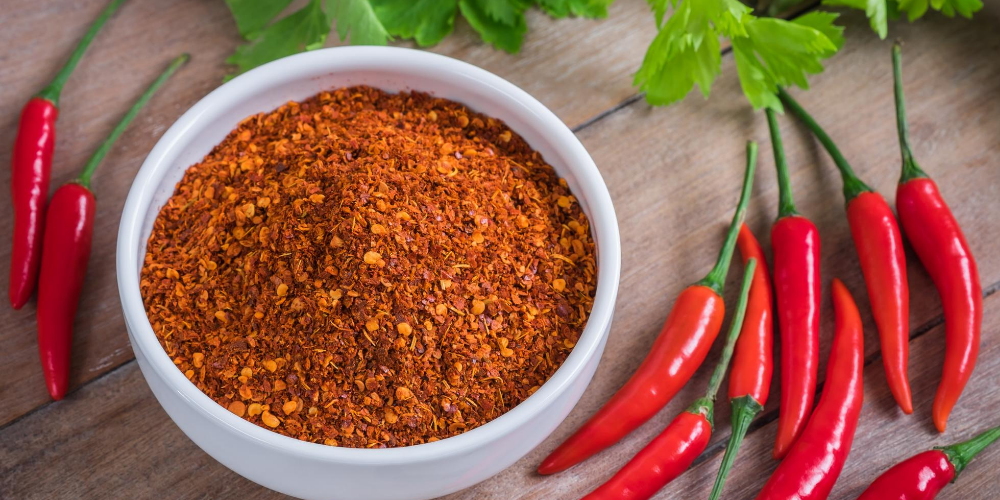

Pungent taste detoxifies, stimulates digestion, and is heating and drying. Emotionally, when taken in small amounts, pungent food can create clarity, purpose, and motivation. It can act to cut through heaviness or fogginess. Too much can promote abrasiveness, anger, and aggression. If you crave pungent foods, you may be looking for a way to express pent-up anger or frustration. Be careful not to “blow up” from too much fire. Look for ways to cool down—take a swim or walk in the evening or early morning when it’s cool. Drink some coconut water. Examine the areas in your life where you feel trampled upon, and choose to move aside and rise up with grace.
Foods that contain the pungent taste include ginger, hot peppers, tomato salsa, cloves, thyme, basil, cayenne pepper, radishes, mustard, wasabi, chili peppers, garlic, and onions.
Kapha should adore pungent foods as they balance their cold, wet nature and it can help them shed extra weight. Pungent, comprising the elements of fire and air, should be limited by Pitta (heat) and Vata (dry).
5. BITTER
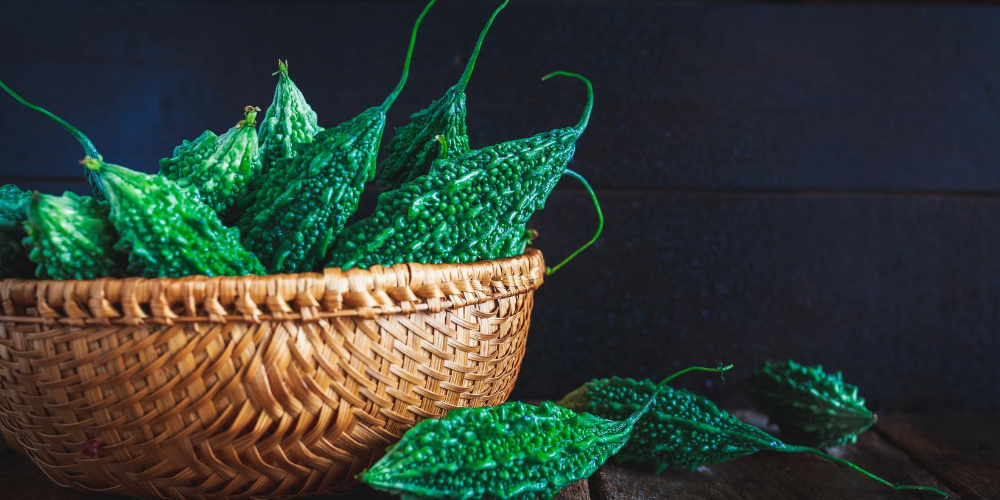

Bitter foods are extremely detoxifying and can reduce inflammation. They are drying and cold and can be very flavorful. A small amount of bitter can help clear the cobwebs and allow us to see things more clearly. Too much bitter can create a sense of grief and disillusionment. The bitter person is jealous, jaded, and mean. They hold grudges and blame others when things go wrong. When I have clients who feel bitter, they are usually holding on to things that no longer exist or are wishing for a different outcome that will never happen. Visualizing the world as it is, and situations exactly as they are, and learning to accept them can help alleviate feelings of bitterness. Knowing that you are holding it in and that it’s only damaging you, is key to understanding and letting go. Try new things in life. Collect new experiences. Let go of the past.
Foods containing the bitter taste include Swedish bitters (an herbal tonic that is added to juice or water); sorrel and other leafy greens; yellow vegetables; bitter herbs like chamomile, mint, and dandelion; and horseradish.
Bitter is good for Kapha, who often exudes sweetness and kindness (they can use a touch of bitter to balance these qualities). The cool, lightness of bitter can be balancing for Pitta. Vata should avoid large quantities of bitter for those same reasons; cool and light will increase Vata.
6. ASTRINGENT
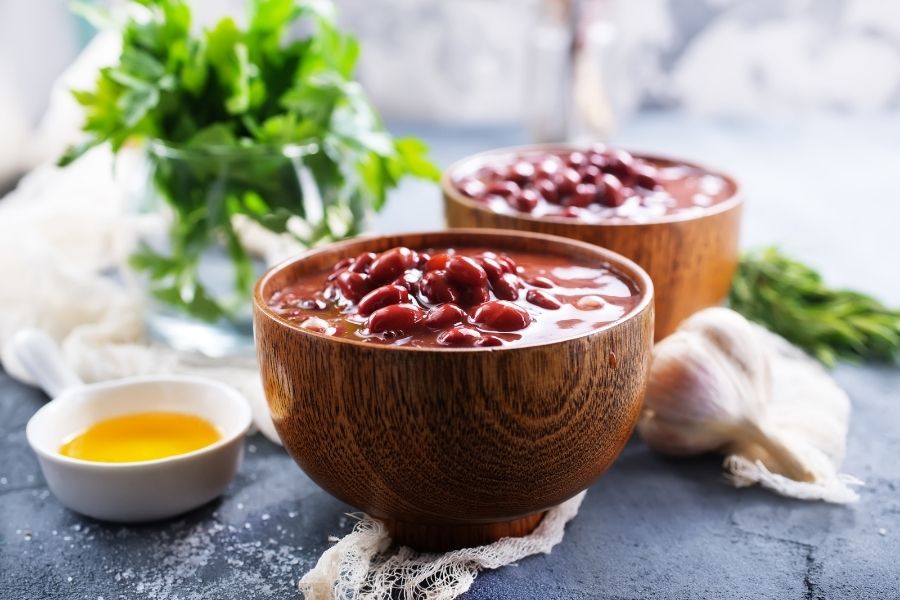

Astringent foods are detoxifying and have a way of cleansing the palate—emotionally clearing the slate, allowing space to clear the mind and get back to work without any lingering emotions. Too much astringent, because it is so compacting, can lead to a loss of interest in activities and routines. A small amount goes a long way. Astringent is not very common but can be found in beans, lentils, pomegranates, cranberries, unripened bananas, black tea, and dark greens. People with an astringent emotional quality are often filled with bitterness as well. They look contracted, depleted, and dried out. It’s hard for them to smile. The remedy is to add all the qualities of sweet, sour, and salty—in abundance—into their lives. Guided meditation and sweet, floral, and spicy essential oils used daily can help. Getting out into the elements, including walking in the rain, and exposure to early-morning and evening sun, can do the rain, and exposure to early-morning and evening sun, can do wonders.
In a nutshell, Vata benefits from sweet, sour, and salty. Pitta benefits from sweet, bitter, and astringent. And Kapha benefits from pungent, bitter, and astringent. Speaking of nuts, they are considered sweet, but they are very hot, making them best for Vata. Pitta and Kapha will want to avoid nuts, but most seeds are great for these two doshas.
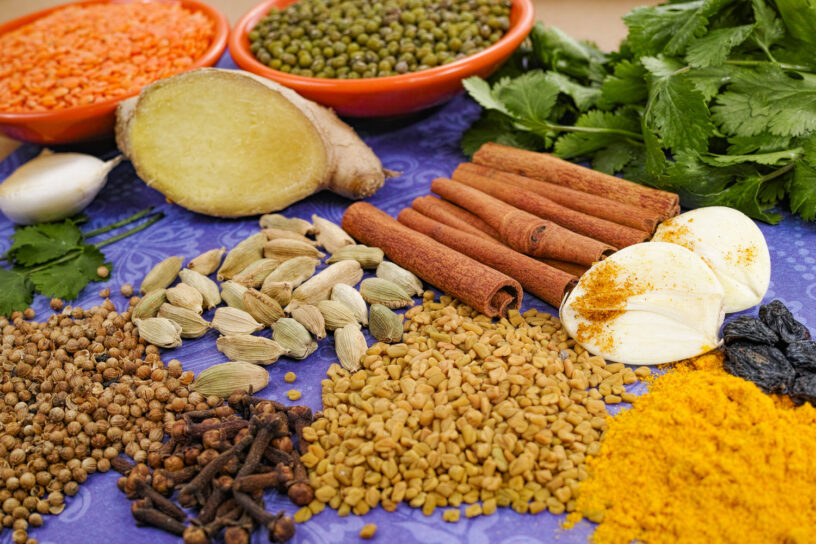





Leave a Reply